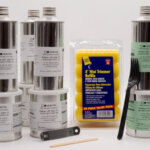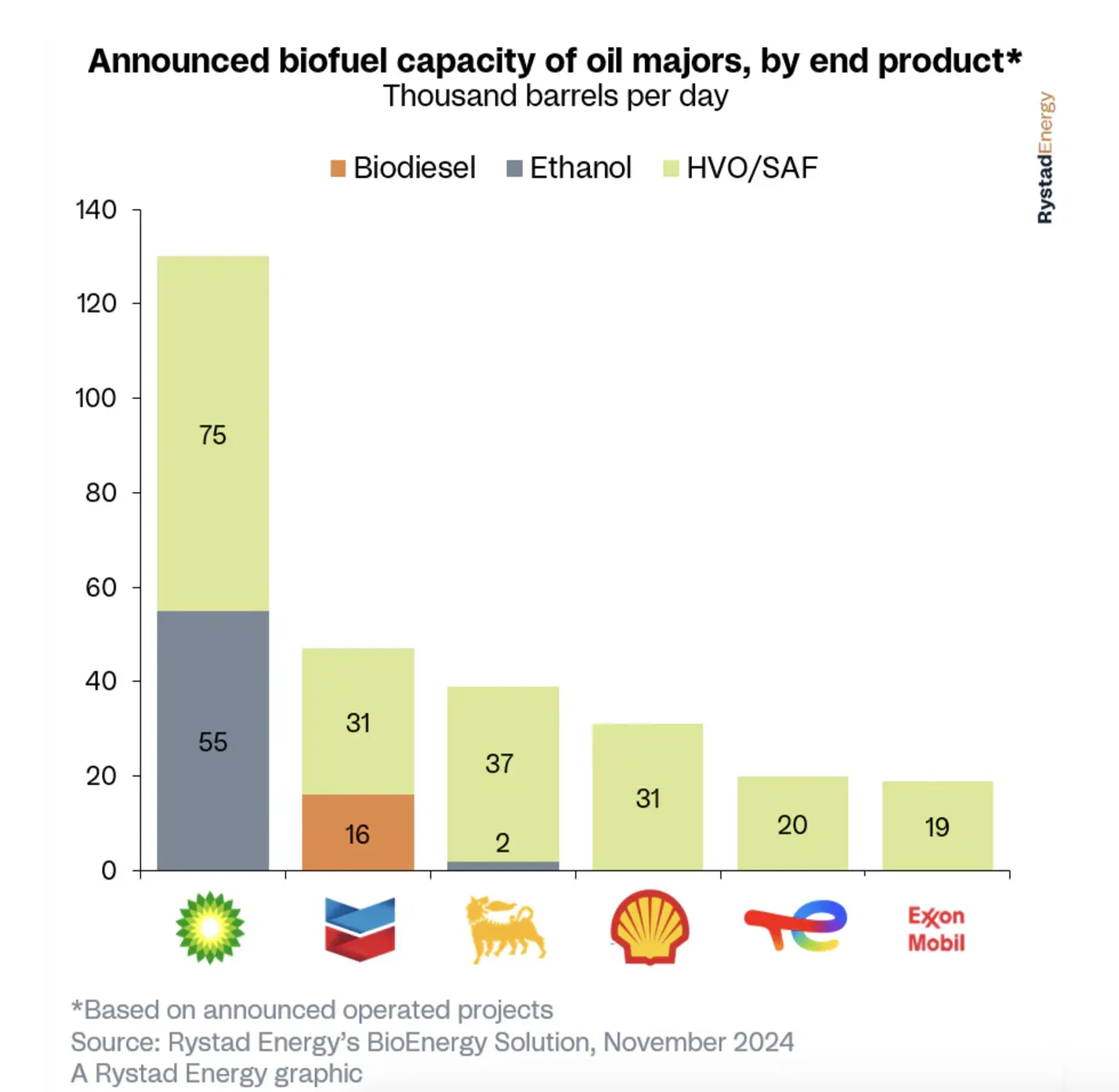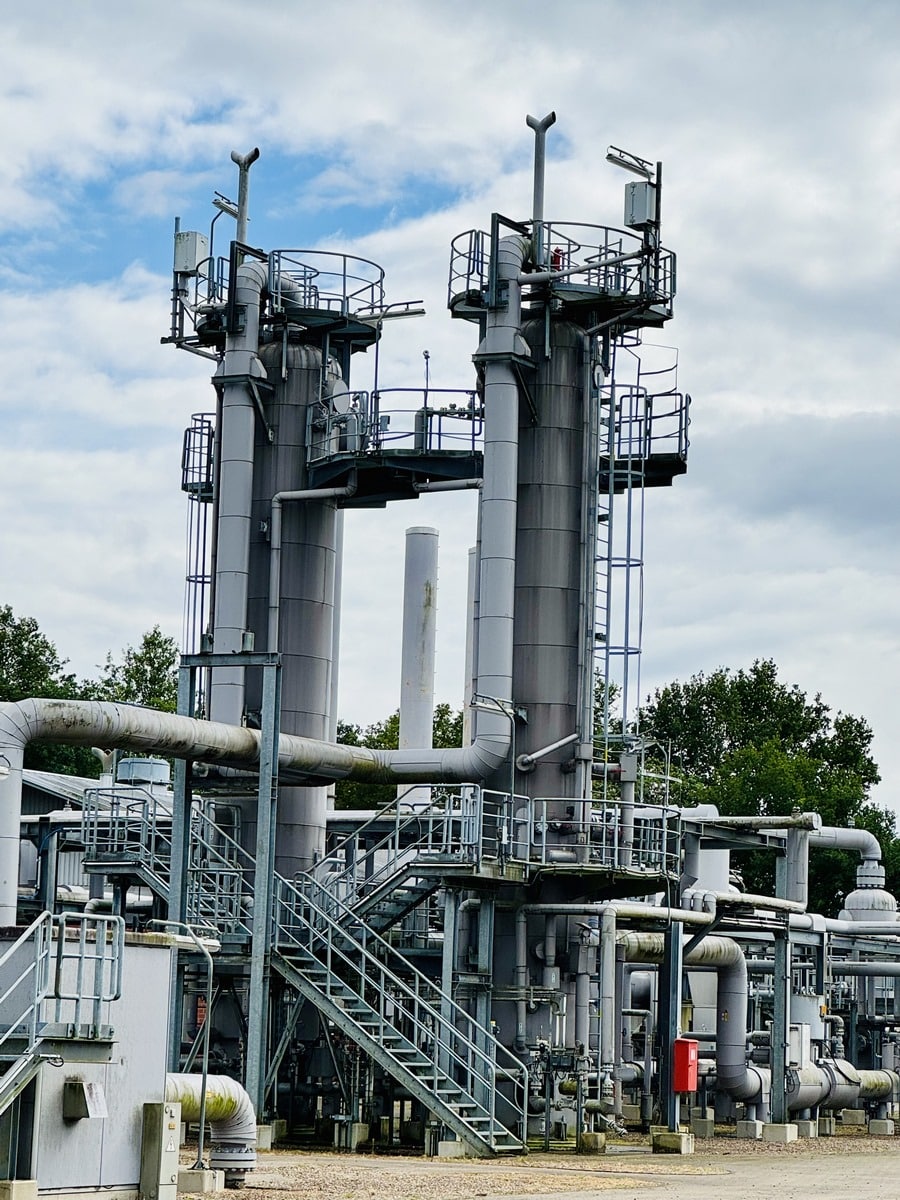

Sabine Bowers
As the Cargill global renewable energy leader for bioindustrial power systems, Sabine Bowers is on the forefront of the world’s energy transition. While her knowledge of sustainable energy spans all areas of renewables, she has a particular focus on the use of natural ester dielectric fluids, such as the Cargill FR3® fluid used in power generation and distribution transformers of all voltage classes. In the following conversation, she explains the advantages that this natural ester — derived from renewable vegetable oil —has over mineral oil alternatives for solar energy farms.
Why are transformers so critical to the solar energy industry worldwide and what engineering design concerns do transformer engineers seek to address?
According to the IEA, solar makes up 75% of all renewable energy growth globally and is the fastest growing segment. Transformers have always been key components in solar generation, facilitating energy transmission, power regulation, grid integration, and voltage regulation. Fire safety, reliability, operating costs, loading capacities, and harmonics are perennial engineering challenges. But as today’s solar farms scale to 100MW or more, boosting the power density of transformers has become more and more important.
What value does a transformer’s power density provide developers and their solar power customers and how does FR3 natural ester fluid contribute to that?
One reason is simply that FR3 fluid enables designers to get more power out of the same size equipment. Up to 30% more, in fact. Conversely, they can develop transformers with the same peak load capacity but with smaller dimensions and about 10% less weight due to a 20% material savings. Another reason is that transformers are often built as modular components on skids or in shipping containers, so smaller module sizes and weights reduce destination shipping and installation costs while also shrinking the size of the required fire safety system.
How does FR3 natural ester dielectric fluid compare with mineral oil in terms of transformer design characteristics and performance in solar farm deployments?
Fire safety is a big one. FR3 fluid’s flash and fire points are more than twice that of mineral oil and, for comparison, about 12% higher than synthetic esters. This reduces the risk, cost, and maintenance of fire-mitigation systems. In fact, we’ve had no reported fires in more than 25 years across a global installed base of more than 3 million transformers. The higher fire point also lessens the chance of costly production disruptions.
Reliability is another advantage. FR3 fluid consumes moisture in the transformer, keeping it away from degrading solid insulation. Its superior thermal capacity can extend the life of paper insulation by as much as 8 times. It’s also so oxidatively stable that its lifespan exceeds that of the transformer. And, with higher temperature performance, transformers with FR3 fluid can better handle highly variable load fluctuations, providing solar producers more flexible loading capabilities.
Finally, FR3 fluid can mitigate solar farm gassing issues caused by high-frequency harmonics that can generate mainly hydrogen and methane. It can withstand these harmonics due to its higher Partial Discharge Inception Voltage (PDIV) that minimizes these discharges.
As a biodegradable natural ester, FR3 fluid can be considered a better biobased alternative to mineral oil. What are the associated benefits of that distinction?
Since FR3 fluid is 95% biobased, it’s non-toxic in water, soil, animals, and humans, which reduces environmental concerns around leakage. Our research has shown that it’s 100% biodegradable in 10 days.
Can existing transformers be retrofilled with FR3 fluid? Is it miscible with mineral oil?
Yes, they can. Many solar farms have successfully retrofilled transformers that originally used mineral oil, so they can take advantage of improved reliability, reduced maintenance and unplanned disruptions, and extend the fluid lifecycle beyond even that of the transformer. FR3 fluid is fully miscible and compatible with mineral oil, although we recommend that the residual mineral oil not exceed 7% to maintain a 300°C fire point.
Filed Under: Sponsored Content







